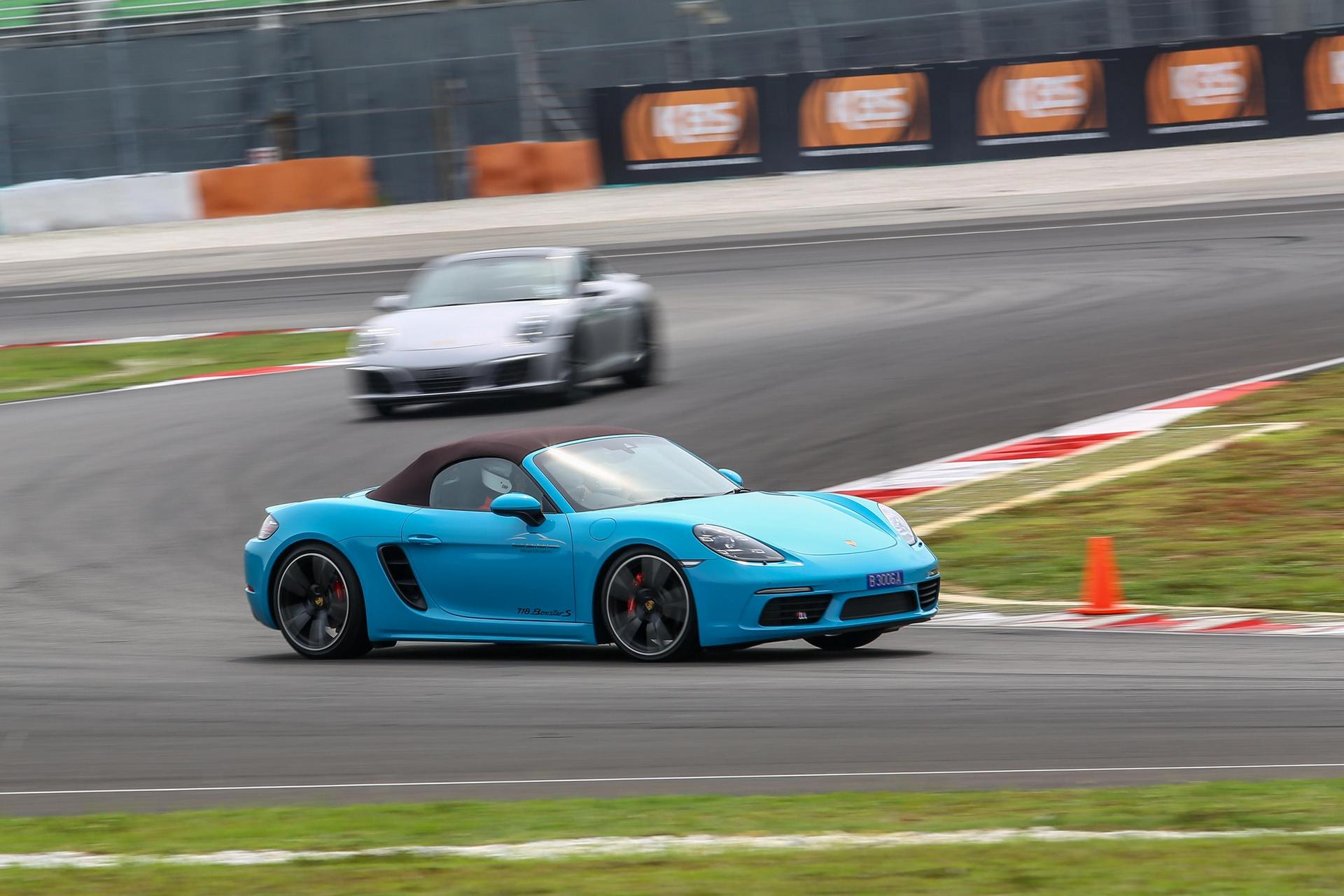You’ve definitely seen buttons or switches labelled Drive Mode, Power, Eco, Sport or something synonymous in modern vehicles and although pretty self-explanatory in theory, what exactly do they do to achieve these differing modes of driving experience?
Driving modes itself span a wide spectrum that would take the Starship Enterprise with its warp drive engaged quite some time to traverse. However, we’ll try to break it down for you in a way that even the dimmest bulb in the chandelier will be able to see it.
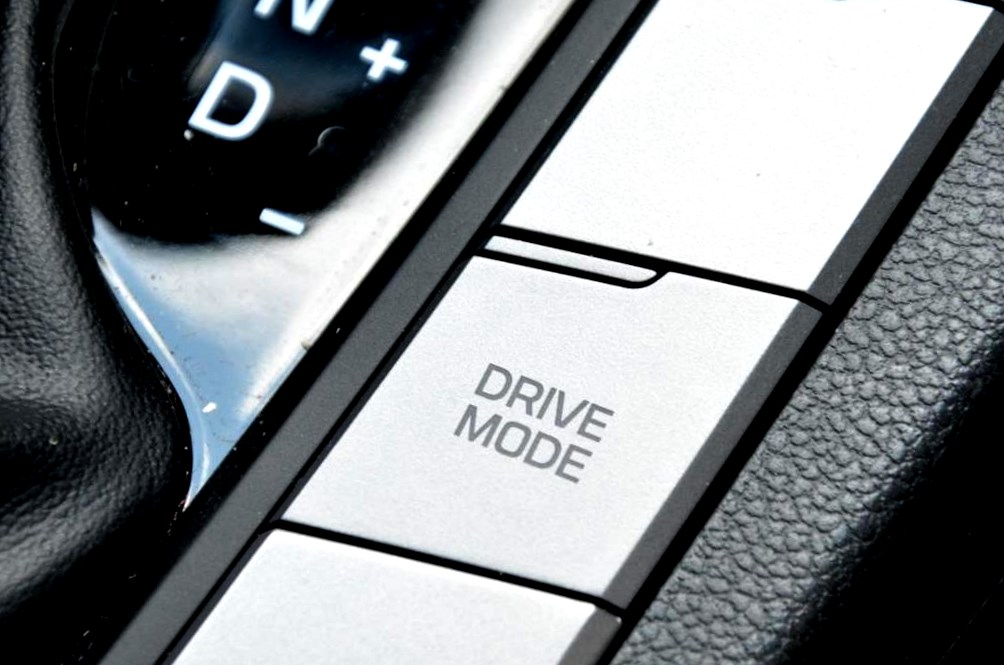
In general, as more components of modern vehicles become increasingly governed by electronics such as the Engine Control Unit (ECU) and other modules, it opened the door for carmakers to offer different modes or performance mappings of the components that will transform the way they operate; delivering different driving experiences within the same vehicle.
Simply put, by altering the engine mapping, throttle response map, transmission shifting speed and even steering weightage, the vehicle can feel sportier and handle better or take a step back drive in a calmer fashion whilst being more comfortable.
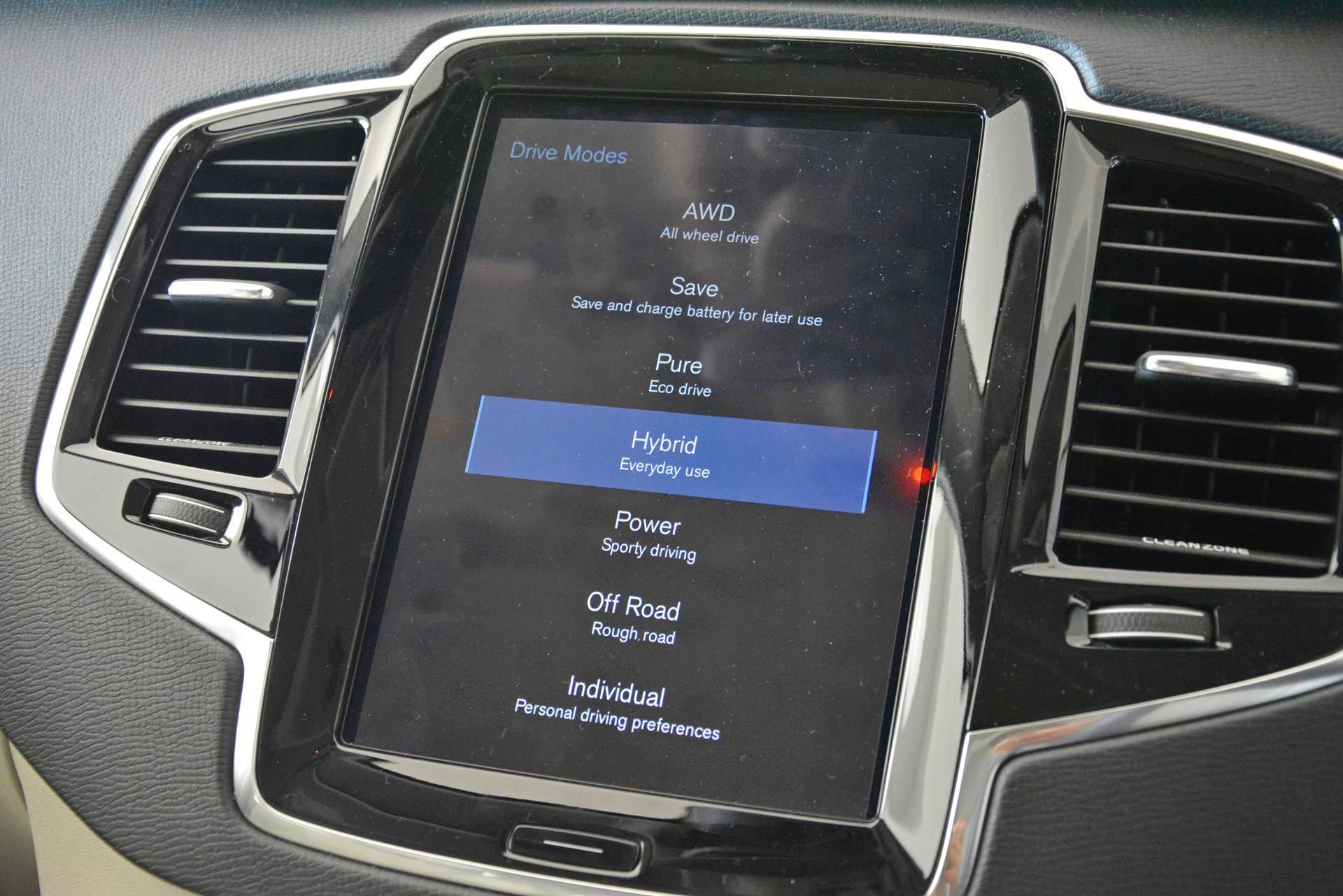
Nonetheless, all of these are within certain parameters of course. You can’t transform your Toyota Vios into a Toyota Supra and vice versa. You can however make each of those vehicles feel a little more like the other; emphasis on little.
Generally, there are three variations of drive modes; Eco, Normal and Sport. Different manufacturers might call them something else but in a nutshell, it revolves around this trifecta and variations of them such as Sport and Sport + but we’ll get into that later on.
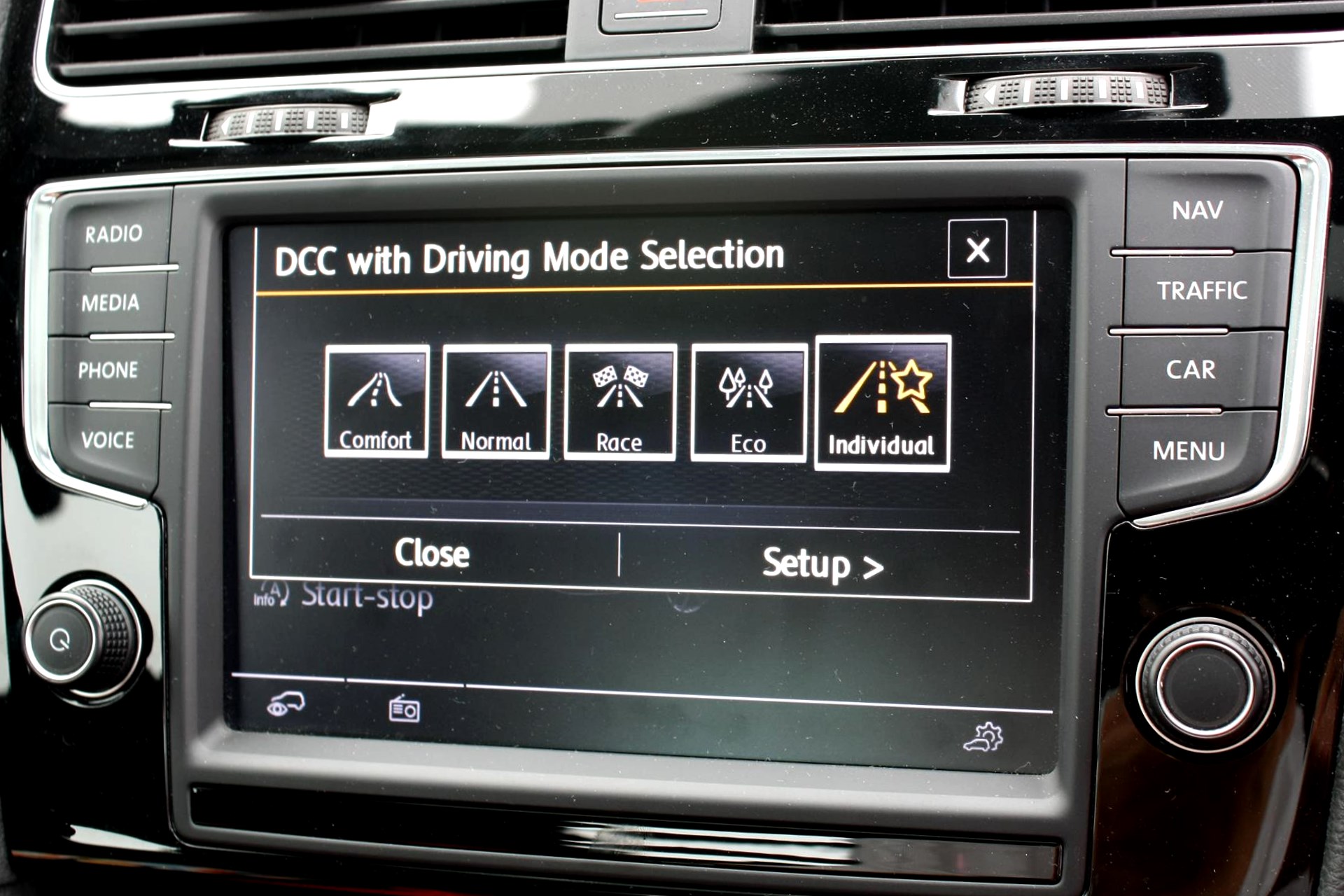
Accordingly, these modes will alter the performance of various aspects of the vehicle to deliver a differing driving experience.
The most basic aspects will likely see tweaks to the throttle response and transmission shift times. Moving up, it might switch to a more aggressive engine map and increase weightage of the power steering to simulate sportier feedback. Vehicles with adaptive dampers will see that stiffen up for improved cornering or soften up for more pliancy on rough roads.
Eco Mode
If you ask what does this mode achieves, we’ll hit you. How it does so, we’re happy to indulge. Eco mode serves to reduce fuel or energy consumption. Throttle response and possibly the engine mapping takes a chill pill, feeling much lazier and lethargic to acceleration. The redline might even be lowered. Accordingly, the transmission will shift at a lower RPM point.
Certain vehicles will even reduce the air-conditionings output, cutting the compressor’s power requirements; hence reducing load on the engine.
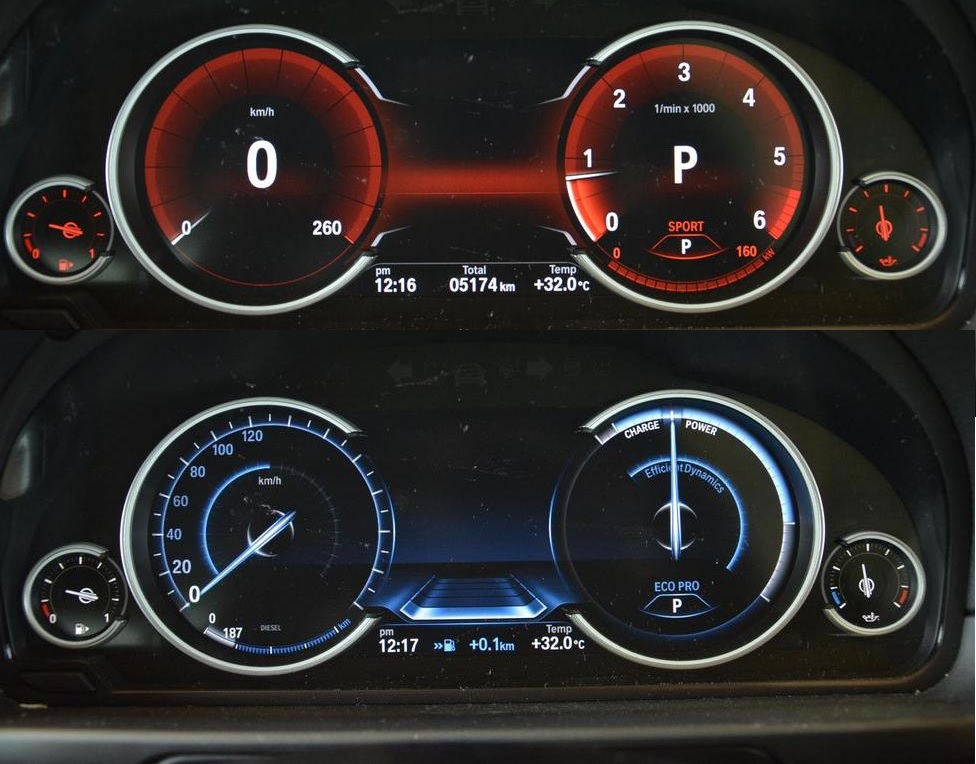
All this results in reduced fuel consumption. To aide this, vehicles equipped with digital instrument clusters will display info to help you optimise fuel consumption.
When should you use this mode? Being stuck in traffic is the best or even on long highway drives with a driving style that’s more relaxed and not aggressively overtaking.

Normal Mode
This is the default mode for most owners that can’t be bothered to constantly switch all the time. Normal is pretty much self-explanatory. It’s a perfect Goldilocks zone between the lethargic Eco and eager Sport.
Engine mapping and shift points are a little quicker than Eco but nowhere near anything that causes discomfort. Air-conditioning output returns to normal if it was reduced in Eco. Power steering weightage remains as light or comfortable as possible; meaning feedback is almost non-existent.
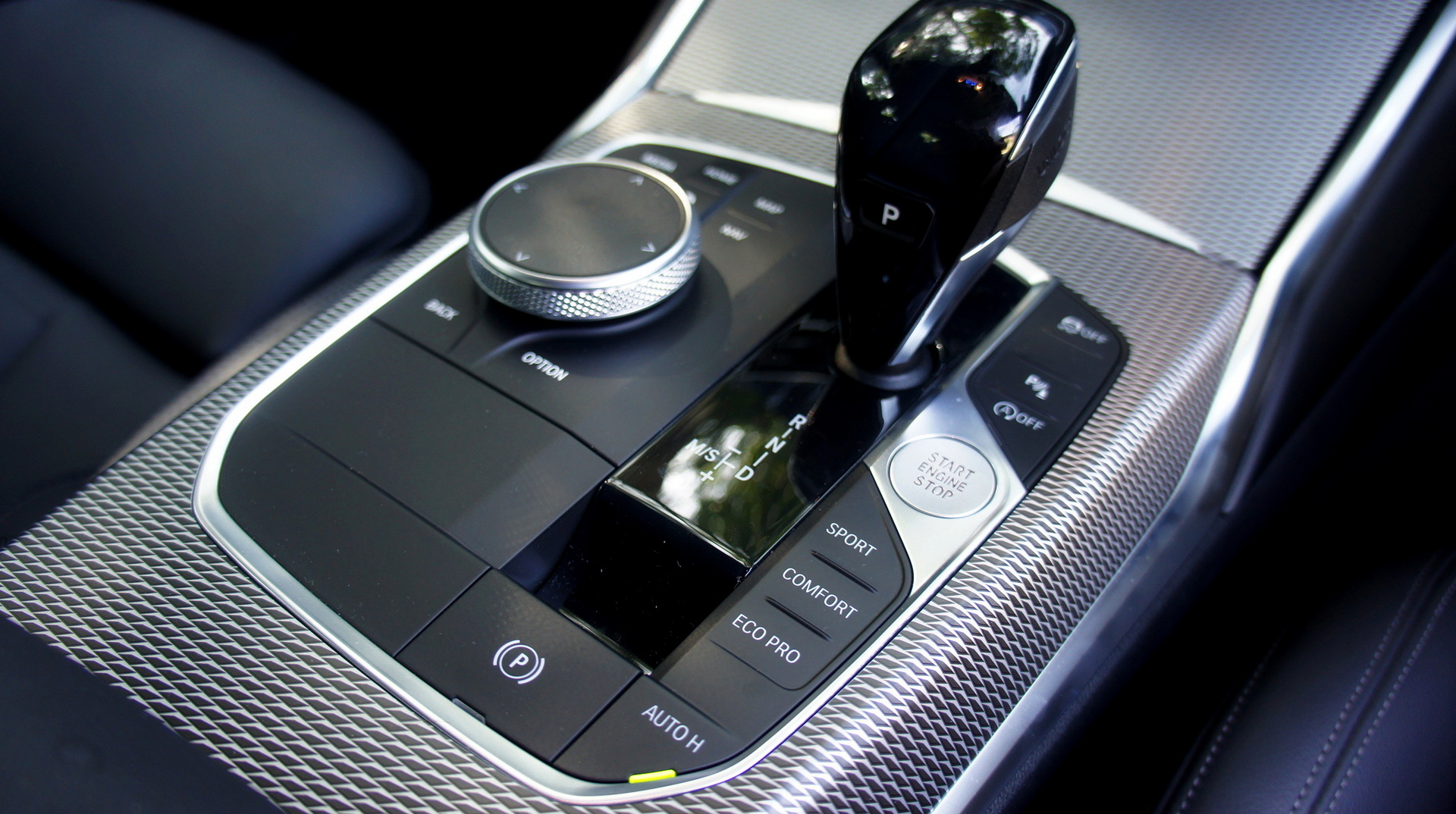
Vehicles with adaptive dampers will see it switch to a comfortable or pliant setting.
When should you use this mode? Practically all the time if you can’t be arsed about driving modes. Most people never switch out of Normal Mode from the day they buy the car.
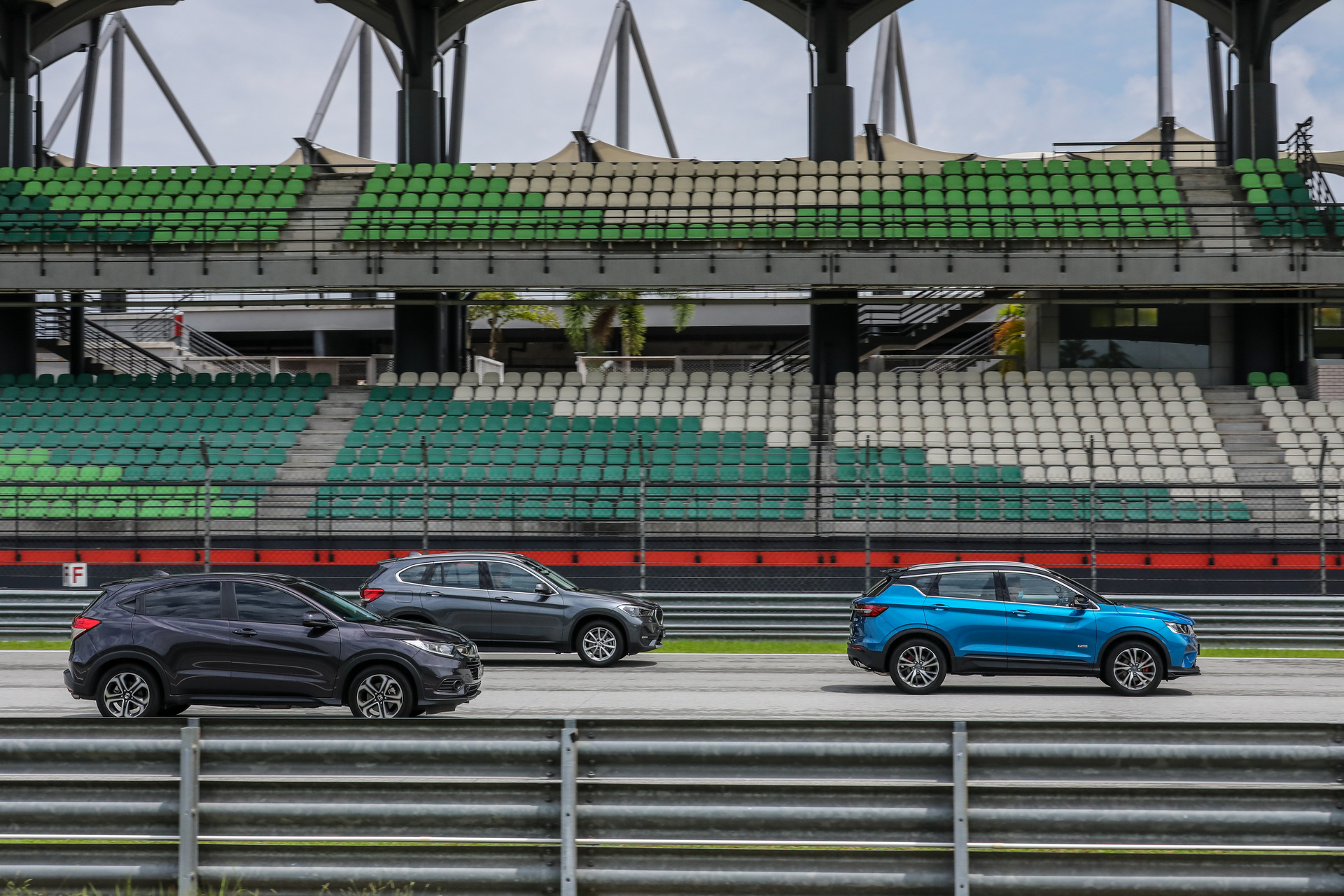
Sport Mode
No, it won’t turn your Proton X50 into a Formula One car unless you’re abusing substances; in which case you shouldn’t be driving.
Here, the mode will do its best to make the vehicle feel a little sportier and eager to make haste. The bare minimum will see the engine mapping take on a more aggressive approach; revving quicker and higher. In certain vehicles, the map will produce more power and obviously the throttle response reacts to even the barest of prods with a surge forward.
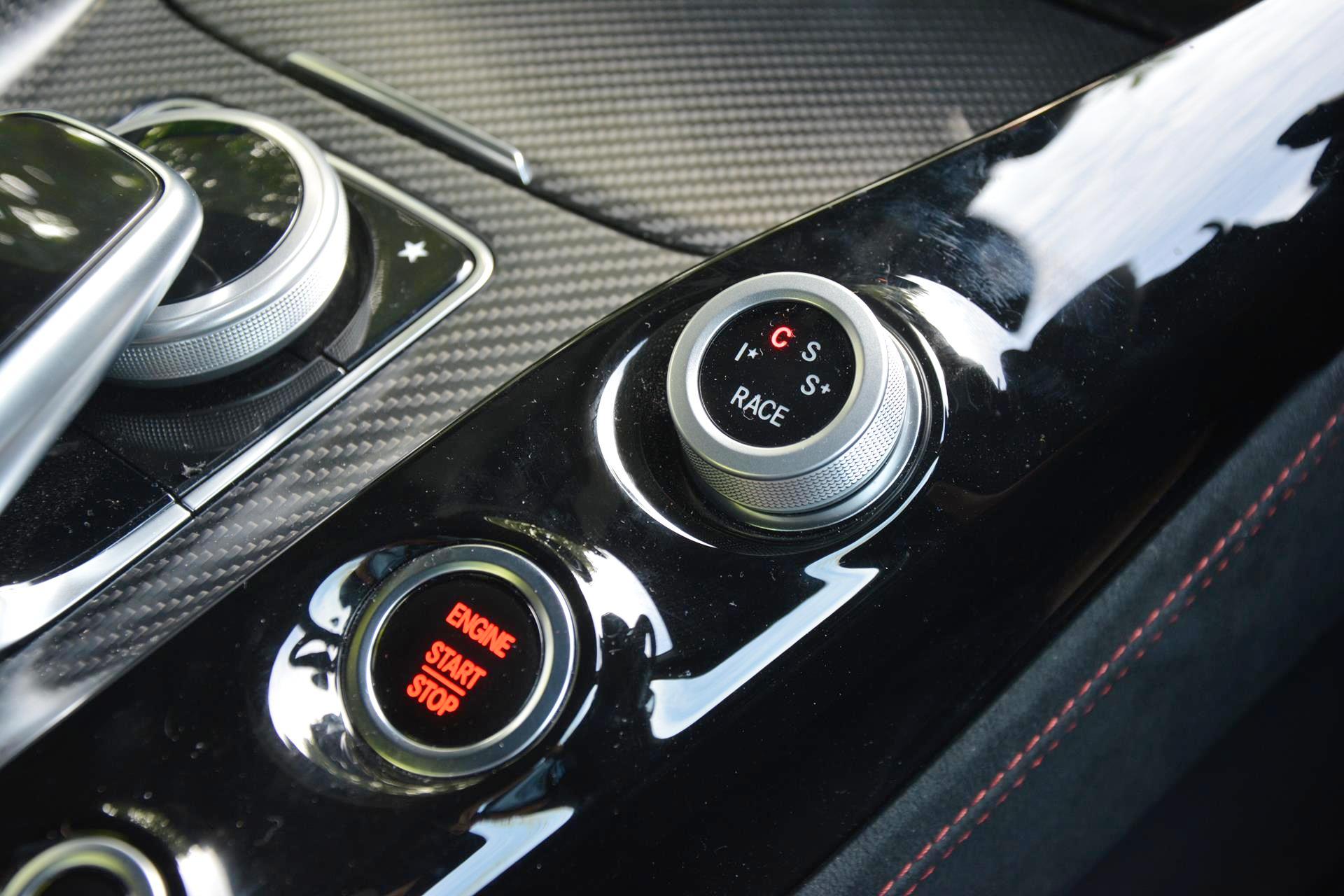
The transmission will now rifle through the gears at lightning speed. Shifts will kick in with a jerk that sends you lurching forward. Simultaneously, it’ll hold on to each gear longer before upshifting if you’re not flooring it and downshift a lot higher up the range as well. Manual performance vehicles might even have an auto-blip of the throttle for rev-matching on downshifts.
Of course, the steering feel will increase as the electric power steering system reduces assistance to increase weightage and simulate feedback. Ratios might even change for quicker turns.
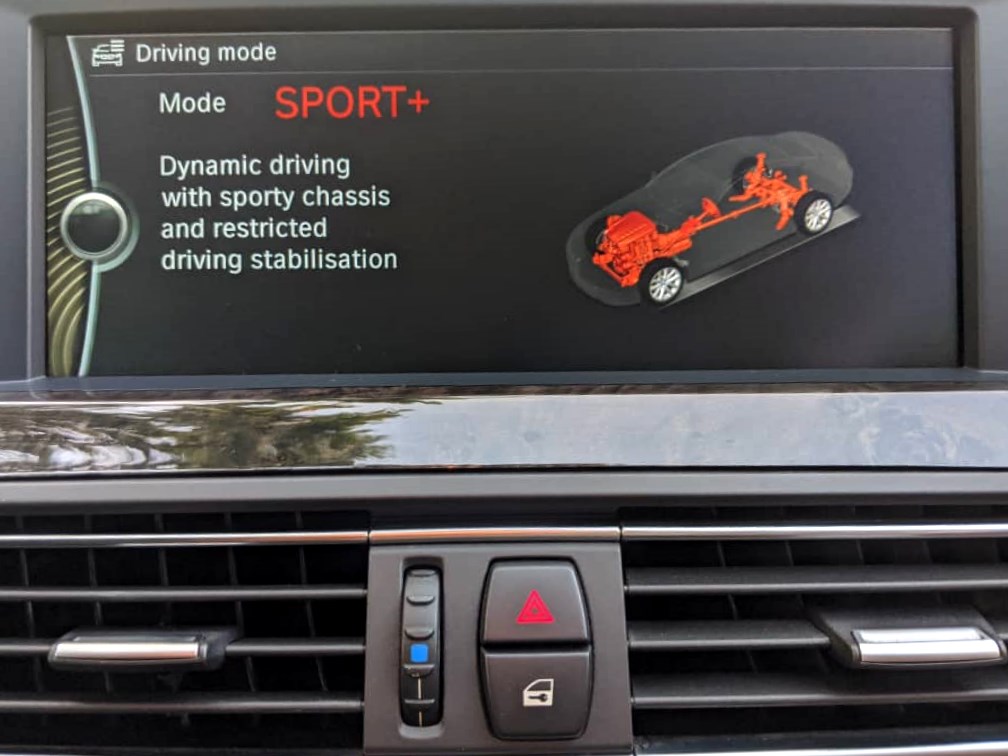
On the handling side, if adaptive dampers are present they’ll stiffen up to reduce body-roll which in turn improves handling around corners. Vehicles with height adjustment will reduce the ride height to lower the centre of gravity.
This is where everything takes on a slightly cavalier attitude. Some vehicles will reduce the intervention of the stability control, allowing for some wheelspin or slides before reigning you back in. Variable exhaust systems will unleash their full orchestra; almost certainly to the chagrin of your neighbours.
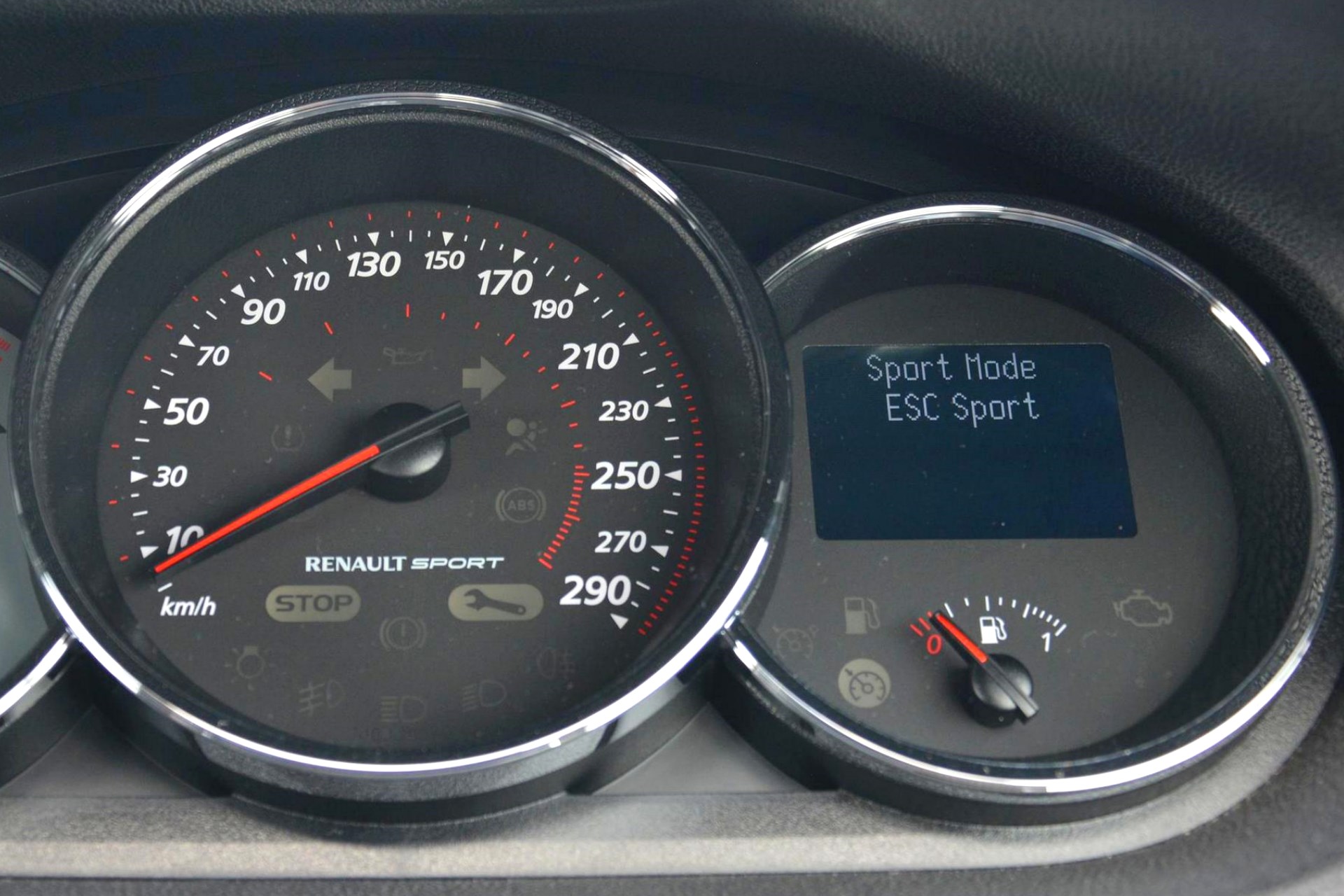
A sprinkling of modern performance cars even have seats that will tighten up their side bolstering to better hold you in place.
The possibilities are endless in Sport mode. Basically, anything and everything that will help you eke out more performance or quicker cornering will be unleashed. Compromise is only at the expense of comfort although mostly Sport mode takes no prisoners.
When should you use this mode? When you feel the Need for Speed. Touge runs are the perfect opportunity or when a few sweet corners are on the horizon. Alternatively, if you’re cruising on the highway and need a quick boost to overtake a slower car, this is it. Last but certainly not the least; this should go without saying as well, when you hit up track days.
